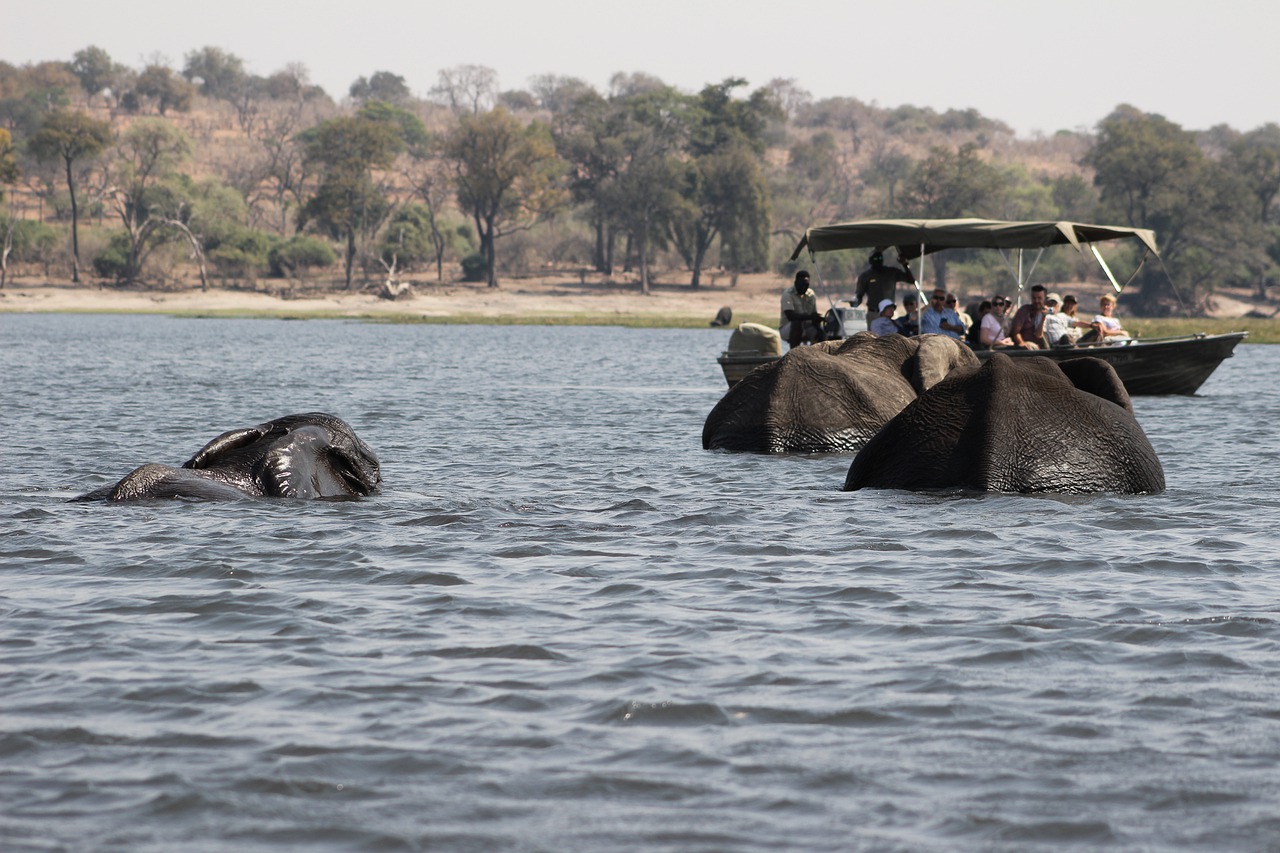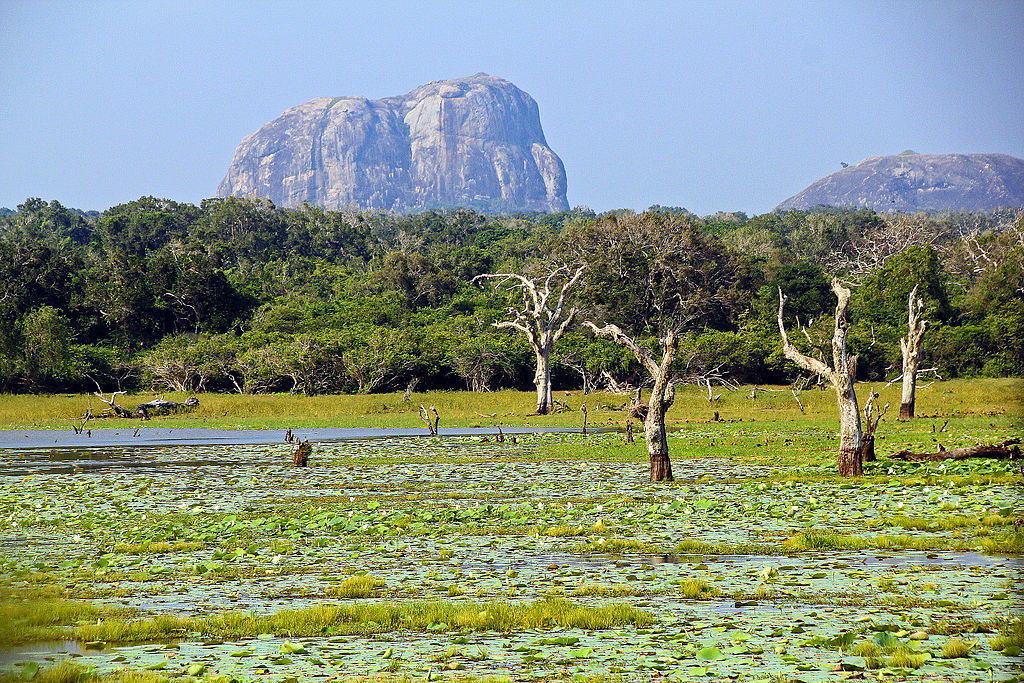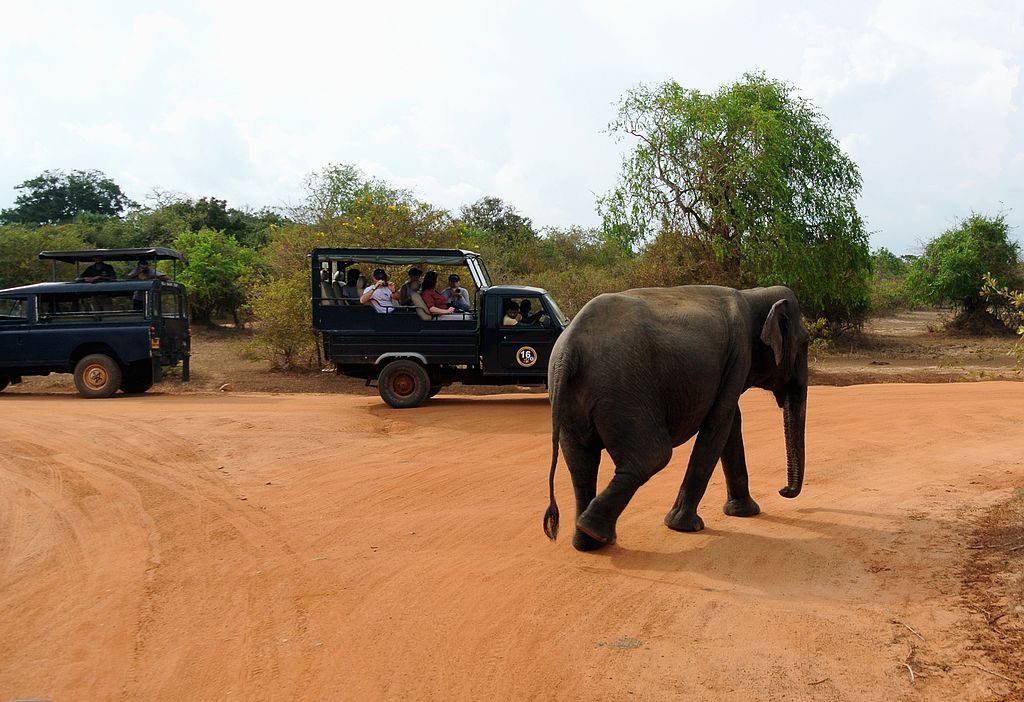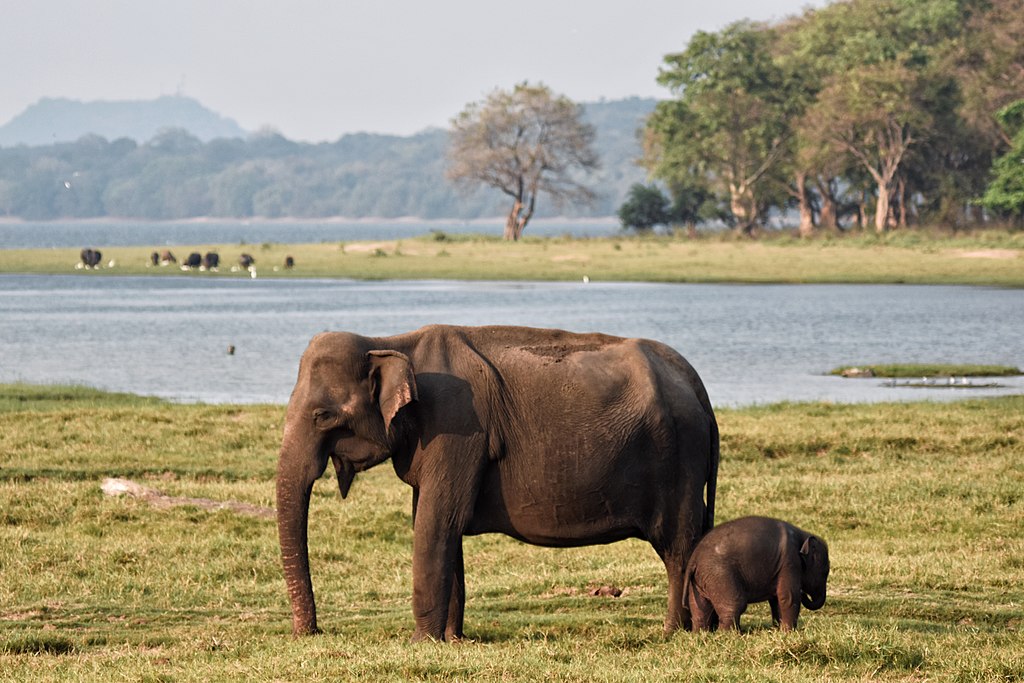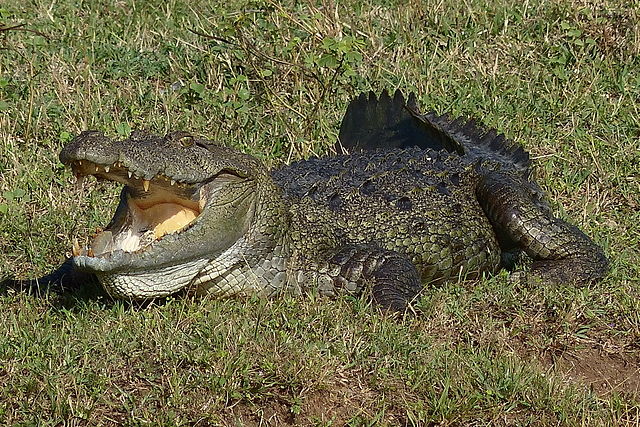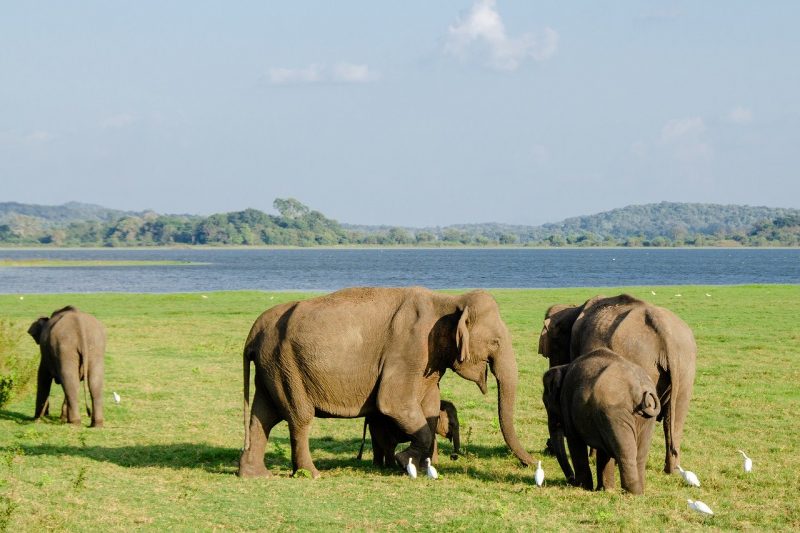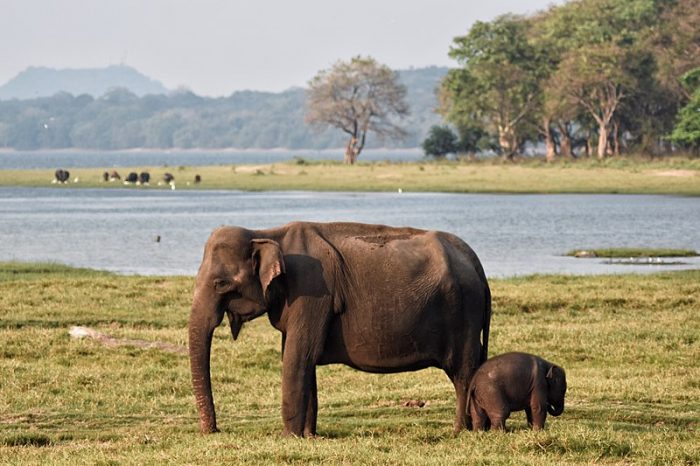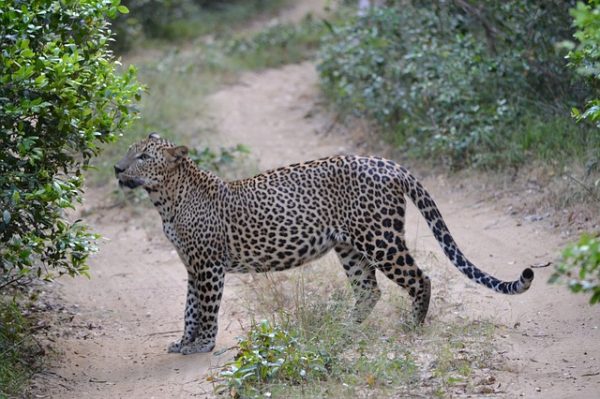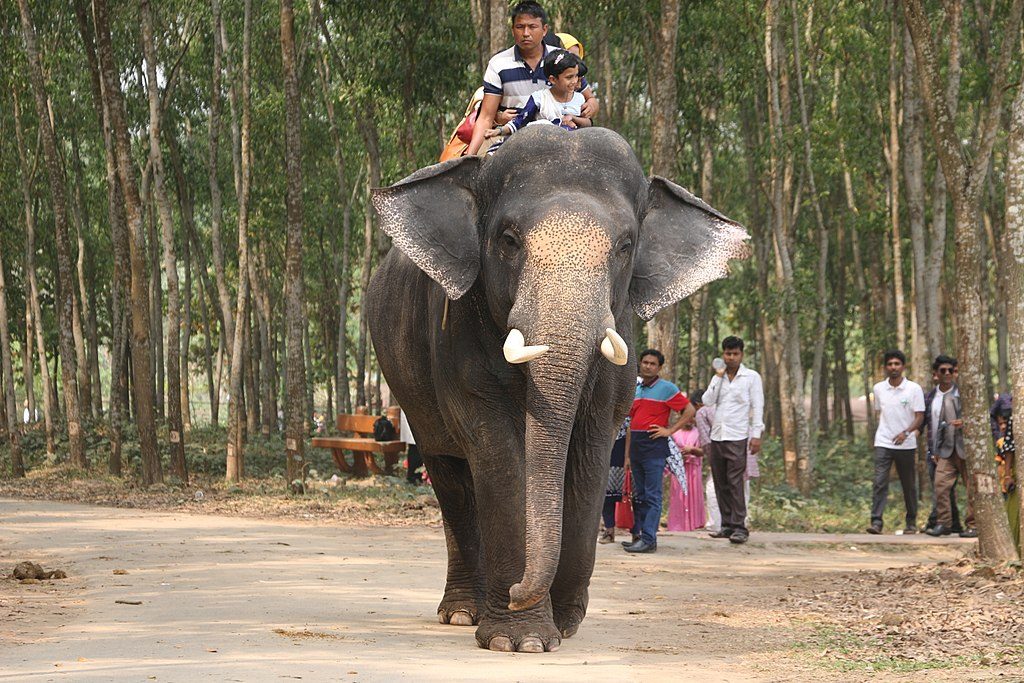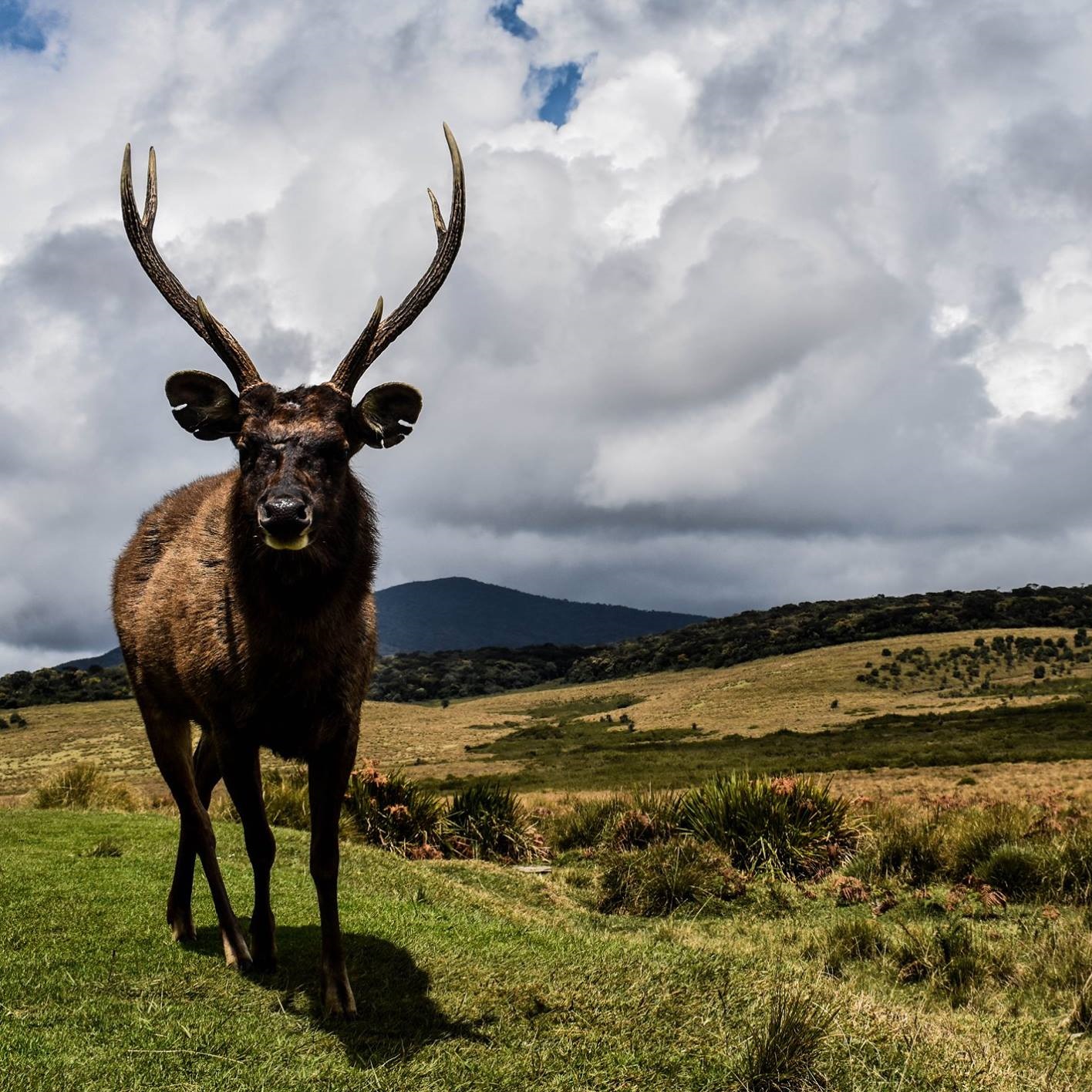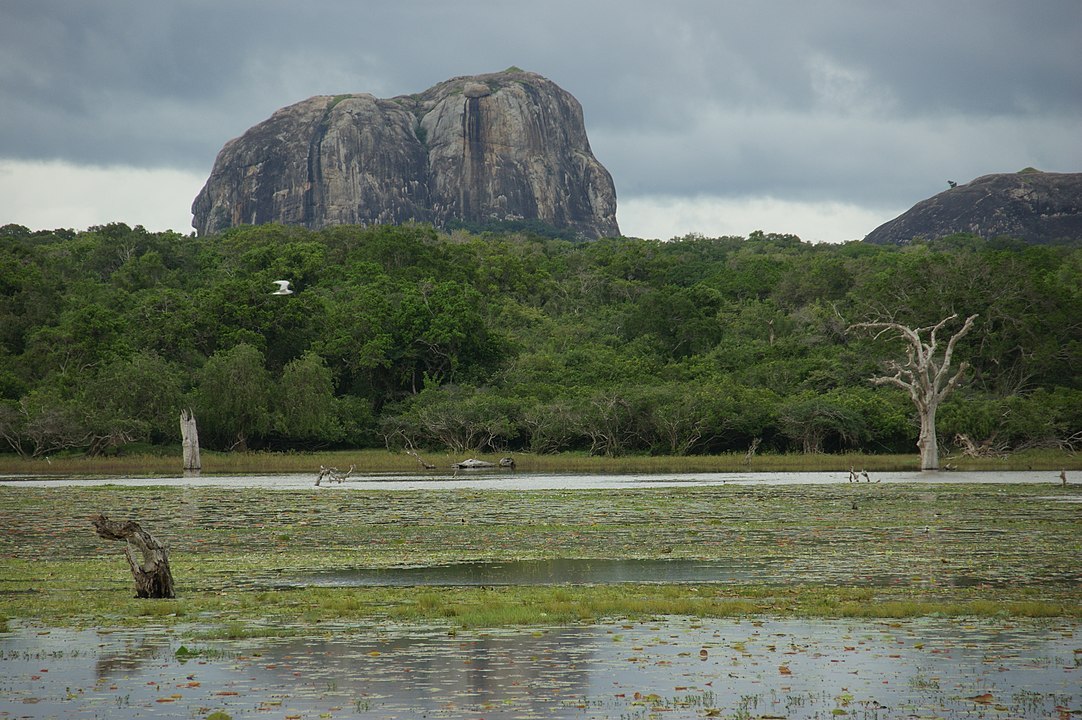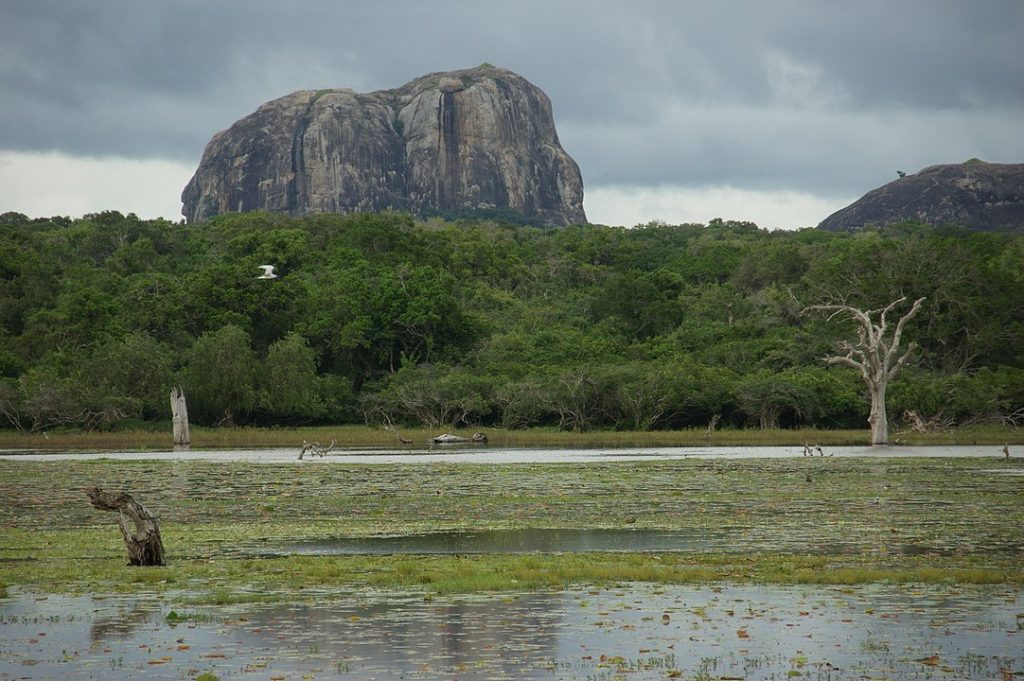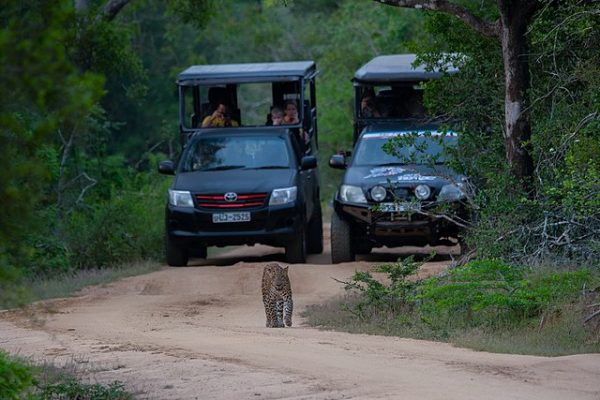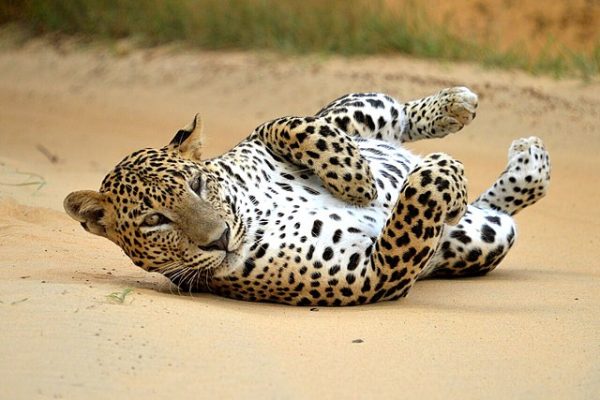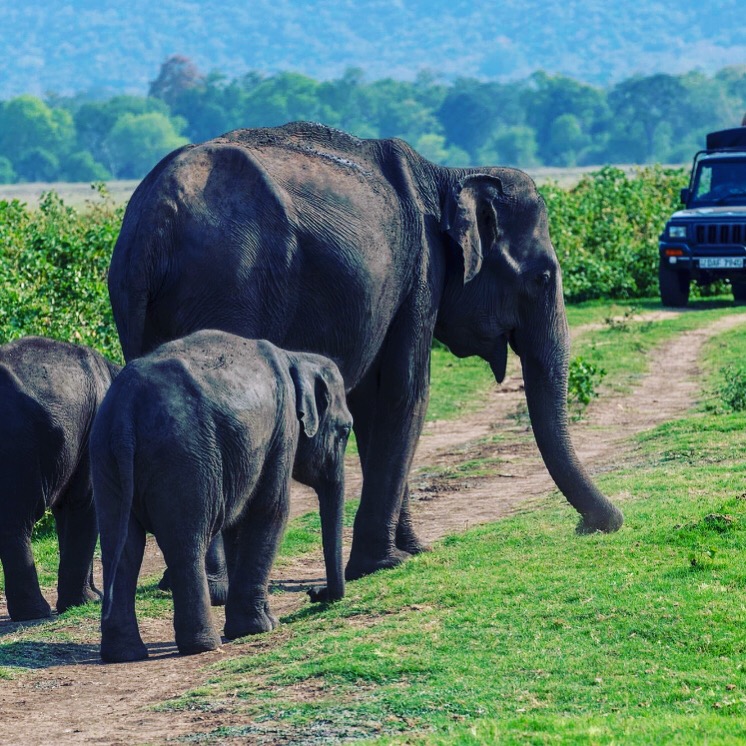Botswana is the wildlife enthusiast’s every dream. With diverse landscapes across the country that host diverse ecosystems it is a great place to visit to learn more about animals. Here are the 6 top reasons why you should visit Botswana.
1. Unique and Very Diverse National Parks and Game Reserves
There are so many diverse and unique national parks and gaming reserves around Botswana. There are great places that you can explore close to hotels in Gaborone.
2. A Large Diversity of Wildlife
There is a diverse array of wildlife distributed among these national parks including lions, elephants and giraffes on the dry plains and crocodiles, buffalos and hippos close to the Chobe River.
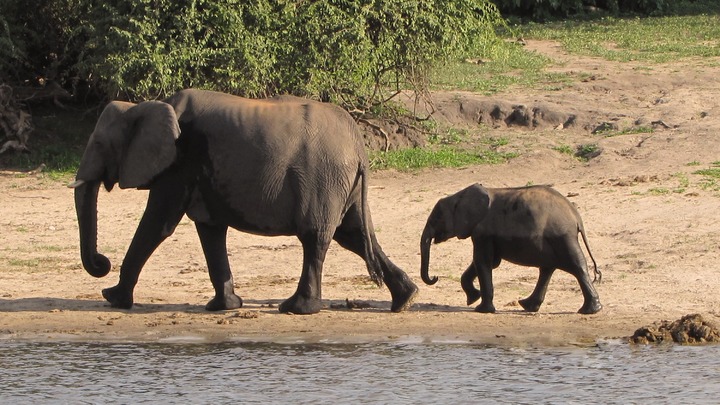
3. Various Types of Safaris
You can ask at your hotel the likes of Avani Gaborone Resort & Casino about the various types of safaris available. There are boat cruises down the Chobe River, motorboating across the Okavango Delta, air safaris and a good hardy ride of a 4×4.
4. Has Stunning Sunsets
Because Botswana is so flat, you can be guaranteed a front-row seat to some of the most beautiful sunrises and sunsets in the world.
5. Is a Unique Travel Experience
It is a truly unique travel experience that will help you better understand nature. It is an adventure that will bring you close to the true beauty of the earth.
